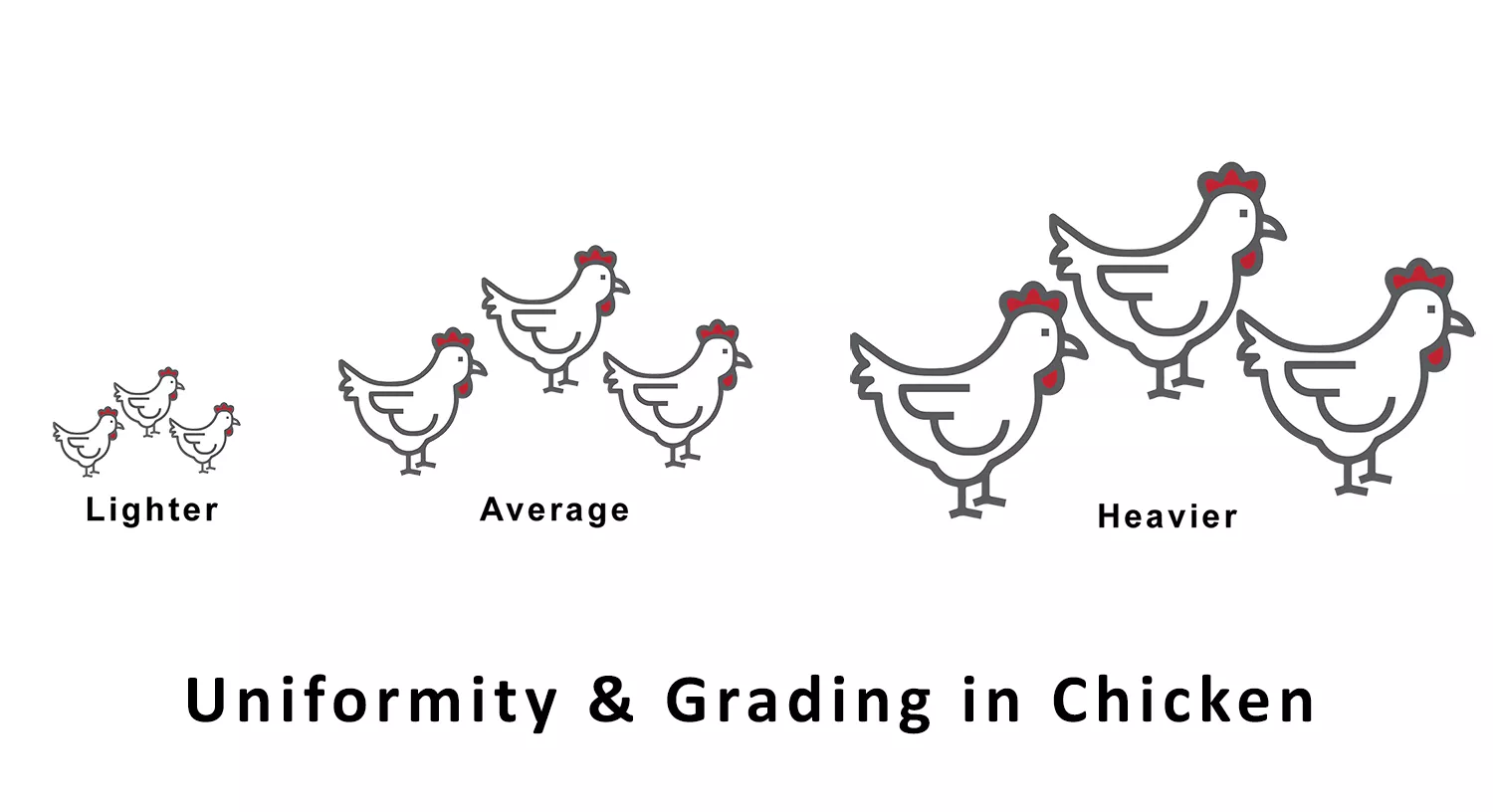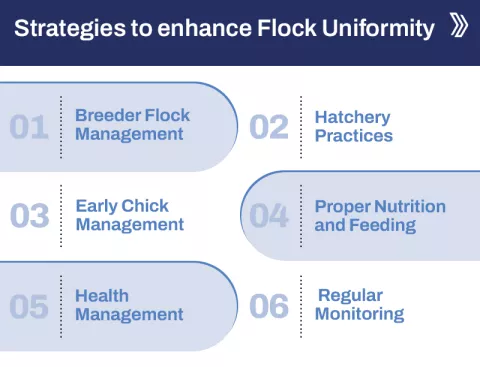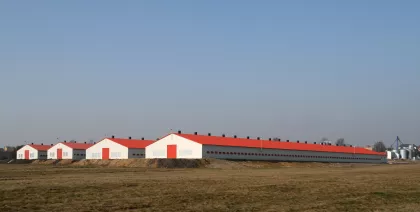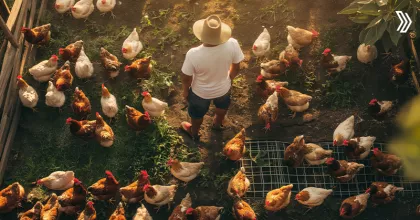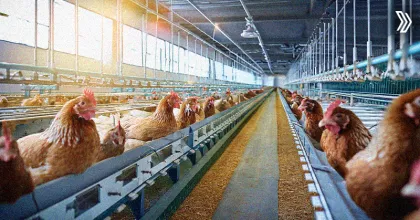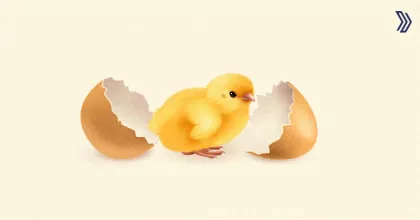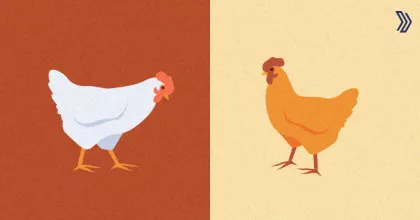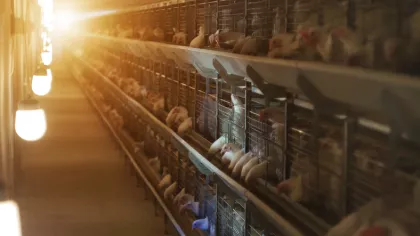In the dynamic ecosystem of poultry farming, one key factor often determines the success or failure of a broiler operation which is flock uniformity.
This flock uniformity concept plays a pivotal role in the efficiency, profitability, and overall flock performance among the chicken subspecies.
In this article, we'll delve into what flock uniformity entails, why it's so crucial, and how poultry producers can enhance it to optimize their operations.
Understanding Flock Uniformity
Flock uniformity refers to the consistency in size, weight, and overall development of birds within a single flock.
A uniform broiler flock is one where the majority of birds are of similar size, weight, and physiological maturity at any given stage of growth. This uniformity extends beyond just physical attributes, it also encompasses factors like feed conversion efficiency, immunity, and overall health status.
Poor uniformity affects the overall flock performance among the chicken subspecies. When the egg-laying birds reach a certain level of sexual maturity, it is the bird’s individual weight at that point of time that determines the start of the production. If the birds are underweight, they have a delayed onset of egg production, and the birds that are overweight start early! This is bound to disrupt the performance.
In an ideal scenario, a highly uniform flock would have minimal variation in bird weights.
For example, if the average weight of a 35-day-old broiler is 2.2 kg, in an uniform flock, most birds would fall within a narrow range of this average, say between 2.1 and 2.3 kg.
Whereas, in a non-uniform flock, weights might range dramatically, from 1.8 to 2.6 kg, creating challenges in management and processing.
Keeping this in mind, how do you measure uniformity?
Measuring Uniformity
In the industry, managing what you can't measure is a challenge, and this holds true for flock uniformity , here are two standard ways to measure uniformity.
Coefficient of variation (CV%)
This method expresses the standard deviation as a percentage of the mean.
In simpler terms, This measures the spread of body weight within the flock. CV% is the standard deviation divided by the mean body weight of the flock. Thus, the greater the CV value, the larger the variation, and vice versa.
CV (%) = (Standard Deviation / Mean Weight) × 100
For example, consider a flock where we sample 100 birds at 28 days:
- Mean weight: 1.5 kg
- Standard deviation: 0.15 kg
- CV = (0.15 / 1.5) × 100 = 10%
In the industry, a CV of 8-10% is often considered good uniformity for market-age birds.
Uniformity
This method involves weighing a sample of birds and the % of the flock which falls under a certain range of the average flock body weight (which is the mean value). The range is usually ±10% of the mean.
Using our previous example:
- Mean weight: 1.5 kg
- Target range (±10%): 1.4 kg to 1.6 kg
- If 80 out of 100 sampled birds are within this range, the uniformity is 80%.
High-performing flocks often have 80% or more of birds within the ±10% range.
A sudden change that is an increase or decrease in CV or in uniformity birds within the target range can be an early warning of issues like disease, feed problems, or environmental stress.
Why is Uniformity Important?
1. Processing Efficiency: One of the primary reasons flock uniformity is so important is because of the impact of the same on the processing system.
Modern poultry processing plants are highly automated, with the specific size range of the birds. When birds are uniform (say, 80% within ±10% of the target weight), these machines operate at peak efficiency, reducing the need for manual adjustments and minimizing processing errors.
2. Market Demands: Today's food service industry has very targeted requirements.
A fast-food chain might require chicken breasts within a 150-170g range for its sandwiches. With a uniform flock (CV < 10%), a producer can consistently meet this demand, securing lucrative contracts.
3. Health and Welfare: A uniform flock (>80% within the target range) often indicates disease resistance. In non-uniform flocks (<70% in range), smaller birds may get outcompeted for feed and water, exacerbating size disparities and health issues.
Role of Technology in Uniformity
With the increase in consumer demands, the end product needs to be of very high quality.
This will require improved performance of poultry farms with a key focus on addressing performance issues like bad uniformity.
The advancements in technology have somehow helped poultry farm owners to detect and take necessary measures to avoid disruptions in uniformity.
- Real-Time data collection
Collecting real-time data has had one of the most positive impacts on the performance of poultry farms.Real-time data benchmarks flock performance and uniformity within certain cycles and compare the results, providing great opportunities for improvement.
- Importance of Sensors
Even a slight variation of 2° in temperature can affect the bird's performance
With various sensors and alerts in place, analyzing the environment, keeping track of the feed, and other factors that could affect the uniformity, becomes easier. With custom alerts, disruptions can be avoided before they cause major damage to the flock.
Technology plays a major role in helping farm owners keep a check on various factors that could affect the overall performance of the farm. A comprehensive poultry software, designed to meet all the needs of a farm is the optimal solution to maintain uniformity and improve production.
Strategies to Enhance Flock Uniformity
1. Breeder Flock Management
Aim for breeder flocks with a CV in egg weight of less than 6% to produce uniform chicks.
2. Hatchery Practices
Uniform incubation conditions (±0.1°C temperature control) and chick grading set the stage for flock uniformity.
3. Early Chick Management
Ensure all chicks access feed within 6 hours post-hatch. Monitor crop fill; >95% of chicks should have full crops 24 hours post-placement.
4. Nutrition and Feeding
Tailor feed to growth stages. Ensure at least 2.5 cm of feeder space per bird to promote even feed intake.
5. Health Management
A robust vaccination program and biosecurity reduce uniformity-disrupting disease outbreaks.
6. Regular Monitoring
Weekly weight checks (1-2% of flock) to calculate CV and % in the range allow prompt management adjustments.
